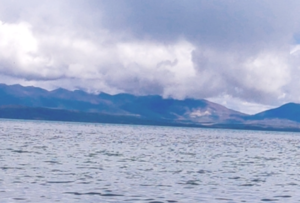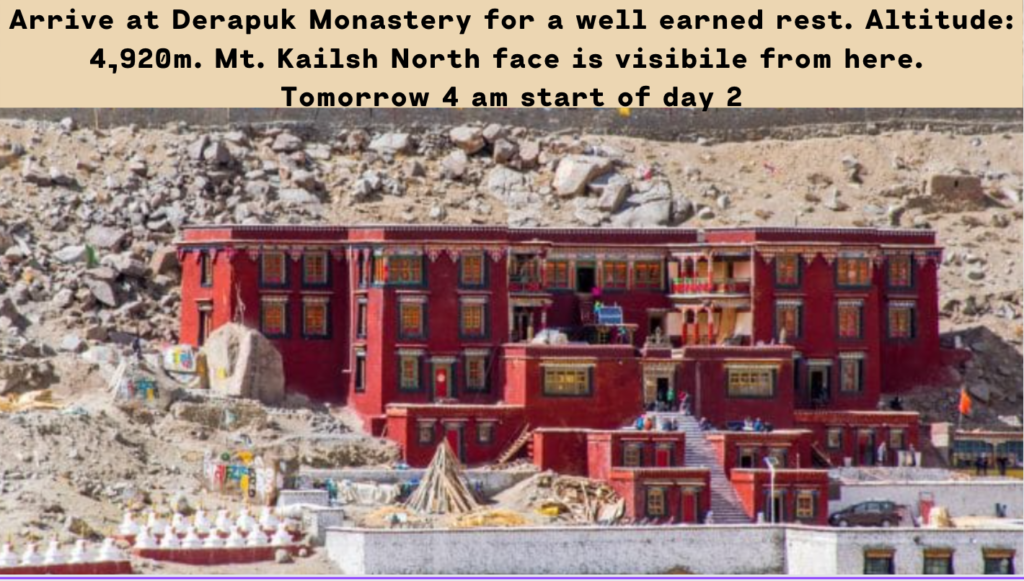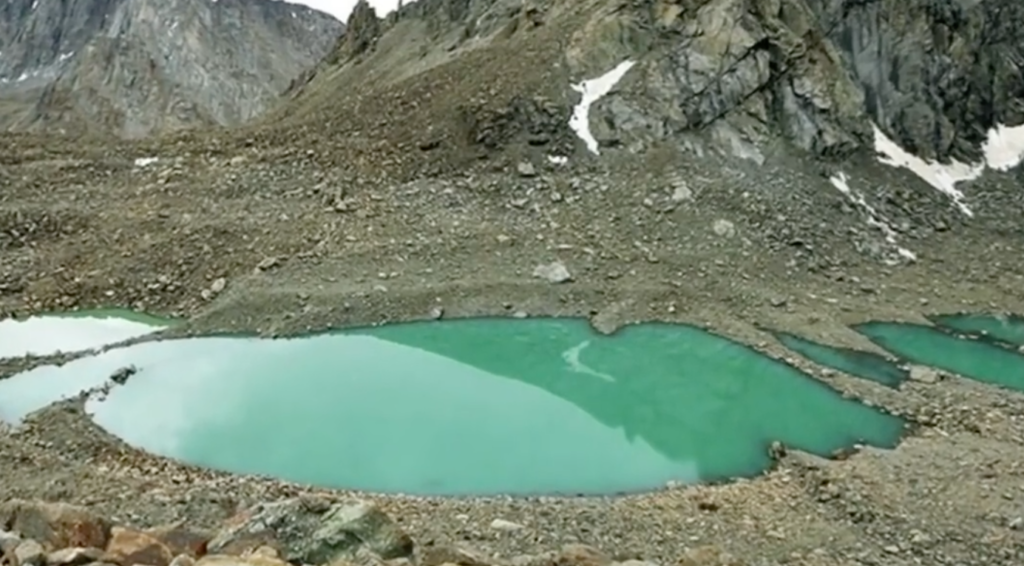
Is it impossible to climb Mount Kailash. Why has no one ever climbed it?
The Chinese government completely banned any climbing activity on Mount Kailash in the early 2000’s.
It was not until the middle of the 1980s that an expedition was actually considered, and permission was given to Reinhold Messner, the Italian mountaineer, explorer, adventurer and Author. Messner later declined the expedition offer and is reported to have said: ”If we conquer this mountain, then we conquer something in people’s souls. I would suggest they go and climb something a little harder. Kailash is not so high and not so hard.”
It is said that most climbers experience disorientation, misleading paths and even shifting of the sacred mountain. Once a group of climbers of Siberian origin reached ahead of a certain point and immediately aged by a few decades.
“Only a man entirely free of sin could climb Kailash. No ordinary mortals“
Colonel Wilson, who tried to climb the summit of Mount Kailash says: “Just when I discovered an easy walk to the summit of the mountain, heavy snow began to fall, making the ascent impossible.”
Sergei Cistiakov, a Russian climber says: “When we approached the foot of the mountain, my heart was pounding. I was in front of the sacred mountain, Mount which says it cannot be beat. I felt extremely emaciated and suddenly I became captivated by the thought that I do not belong on this mountain, it must necessarily come back! As soon as we started the descent, I felt liberated”
Is it a man made pyramid made by an ancient advanced civilization?
Dr Ernst Muldashev, a Russian ophthalmologist, came up with a theory that Mount Kailash is actually an ancient manmade pyramid that is surrounded by smaller pyramids and is linked to pyramids in Giza and Teotihuacan.
Few scientists believe that Mount Kailash is bit too symmetrical and perpendicular. Some believe the contours of the mountain are similar to the structures seen in ancient Sumeria and Egypt, especially pyramids.




Kailash is sacred to other religions as well:
- Jains call the mountain – Astapada (place where Rishaba, the first of the twenty-four Tirthankaras attained liberation).
- Tibetan Buddhists call the mountain – Kang Rimpoche, the ‘Precious One of Glacial Snow’, (dwelling place of Demchog)
- Bon (Tibet’s pre-Buddhist religion) call the mountain – Tise (seat of the Sky Goddess Sipaimen). Additionally, Bon myths regard Tise as the sight of a legendary 12th century battle between the Buddhist sage Milarepa and the Naro Bon-chung in which Naro Bon-chung was defeated.
How to reach Mt. Kailash:
India (MEA): The Ministry of External Affairs organizes Kailash Yatra every year from June to September through two different routes.
Visit official site – https://kmy.gov.in/kmy/
- Lipulekh Pass (Uttarakhand)
- Nathu La Pass (Sikkim)
Local Tours Operators: 1) Trekking packages 2) helicopter tours (Fly up to Lake Mansarovar)
Nepal:
- Kathmandu (Capital- Nepal) – By Road or a Helicopter Travel Route from via Nepalgunj, Simikot and Hilsa
- Lhasa (Capital – Tibet) – Overland Tour to Mt. Kailash from Lhasa (preferred by many)


Lake Mansarovar and Rakshastal – First key stop of the tour:
Lake Mansarovar: Highest Fresh water lake (4590 meters)
Trekking around the lake can take 4-5 days. Nowadays, most visitors prefer to drive around the lake. There are small minibuses arranging the drive taking ~ 3 hours.
Area: 410 square kilometers
Maximum depth ~ 90 meters
Circumference ~ 82 km
Circumference ~ 82 km
“If you ever visit lake Mansarovar, the best time to visit this holy lake is between 3 AM – 5 AM. It is believed that this period known as the – Brahmamuhurta – is a time when the Gods come to bathe in the lake. It is also said that a sacred dip in the Mansarovar can wipe off all your sins”
The word ‘manas’ means mind or consciousness; the name Manosaravar means Lake of Consciousness and Enlightenment


Yam Dwar – Starting point of Kalish parikrama (circumambulation) – 2nd key stop of the tour.
Yam Dwar is 15 Kms driving distance from Darchen and an elevation of ~ 15,500 feet The meaning of the Yam Dwar is “the gateway of the God of Death”. It is the starting point of the circumambulation of Mount Kailash.
To visit Lord Shiva’s home, one must pass through the Yama Dwar. It is the starting point of Kailash parikrama. As per belief, Yamraj (lord of death) himself guards this home of Lord Shiva.
Some old or unwell people return from this point but are said to get the blessings by reaching this point.

The 52-km circumambulation/Parikrama/kora of Mount Kailash (1-4 days):
There are two trekking circuits: outer kora and inner kora. The outer kora is named as the big loop/circuit centered on Mt.Kailash.
Day 1 – Darchen to Dirapuk (4909 meters) (19 kms — 6 hrs. trek)
Day 2– Dira Puk to Zuthul Puk (4805 meters) (22 kms — 7/8 hrs. trek)
Day 3– Zuthul Puk to Darchen (4700 meters) (14 kms — 3/4 hrs trek)




Day 3: Zuthul Puk to Darchen (4700 meters) (14 kms — 3/4 hrs trek)
The Kailash Kora ends today after a relatively easy trek of 14 Kms.
A handful, practicing a secret breathing technique known as Lung-gom, will power themselves around the mountain in only one day. Others will take two to three weeks for the Kora by making full body prostrations the entire way.
Conclusion: This is indeed a journey of a lifetime. Thousands of people have come back and said they were transformed.
